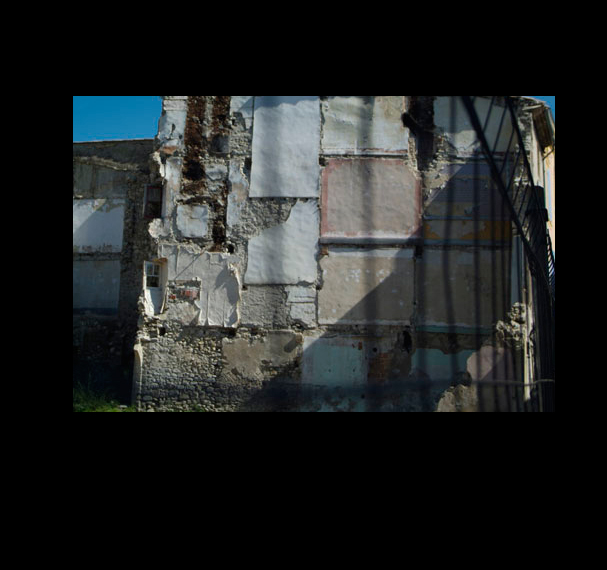However, when we stop the aperture down to the working aperture, the illumination
of the scene in the viewfinder is dimmed because of the
reduced light coming through the lens, but the depth of field
in scene is viewed in relationship to the selected aperture for the exposure.
When we use a Single lens
reflex camera the working aperture that we have selected
is only automatically set when the shutter goes off and
then it is returned to wide open to let as much light through
as possible for ease of viewing. While this gives us a brighter
image in the view finder for focusing etc. it does not let
us se what the depth of field is like ( areas of focus –
if we stop the lens down to a smaller opening like f16 -
the area of focus becomes larger ).
This can be useful to see
both what is in focus and also out of focus in the image.
For instance, if you want
to experiment with images which have no sharp areas in the
image ( out of focus images) it is useful to have a camera
with this facility.
You can also purchase medium
format SLR cameras with a depth of field preview button. |

Mouse over to view
View through the camera view finder as the depth of preview button is depressed - notice how the illumination diminishes but the wire in the foreground becomes sharp as the working aperture comes into play. |